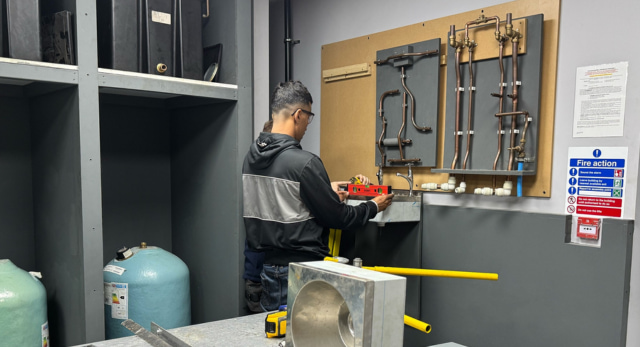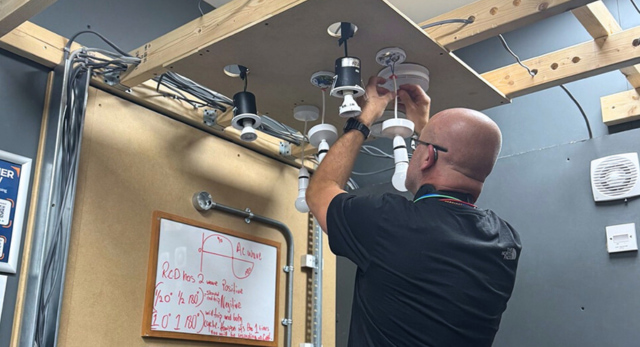In April 2005 revisions to the Building Regulations came into force, stating that all replacement gas or oil boilers must be a condensing type.
The introduction of condensing boilers has been fundamental in reducing the UK’s carbon emissions.
Extreme UK weather patterns with prolonged sub-zero temperature experienced in 2010 and again in 2018 has resulted in a significant increase in the number of calls to boiler manufacturers and heating engineers from householders with condensing (high efficiency) boilers, where the condensate discharge pipe had frozen and become blocked with ice causing the boiler to shut down.
The Heating & Hotwater Industry Council (HHIC) have produced this useful guidance for Installers on Condensate discharge pipe installation to help on this issue.
Back to Insights
What’s Included?
- How to connect the condensate discharge pipe?
- Internal Condensate Pipe Discharge Termination
- Guidance on external connections
- When to use a condensate pump?
- Existing Installations and upgrading to the latest guidance.
Why is it Important?
Boiler Manufacturer’s Warranty Information states that where the manufacturer’s instructions have not been followed then the boiler warranty may not be valid. The heating engineer is required to confirm that the condensate drain has been fitted correct as part of the Benchmark Commissioning checklist supplied with the boiler and detailed in the manufacturer’s instructions.Customer Information: Frozen boiler Condensate Discharge
HHIC have also produced customer information on frozen boiler condensate discharge guide.What’s Included?
- Condensate assessment form, for engineers to complete and advice to customers during extreme cold weather conditions.
- Explanation on what needs to be done to resolve the problem in the event that the pipe was to freeze









